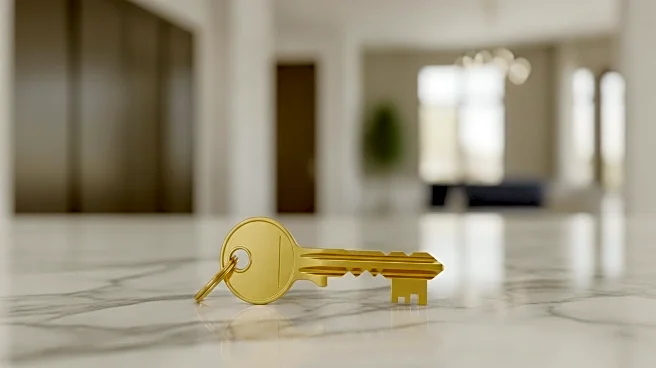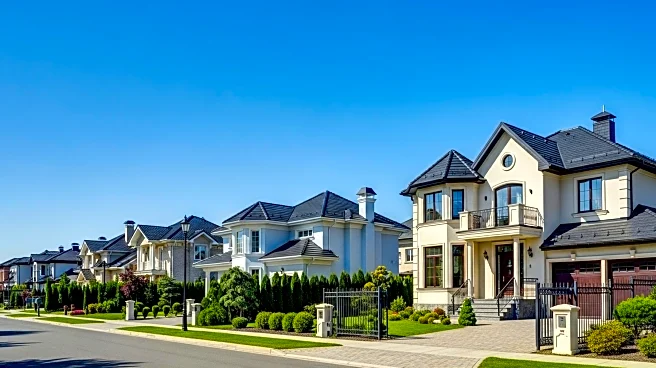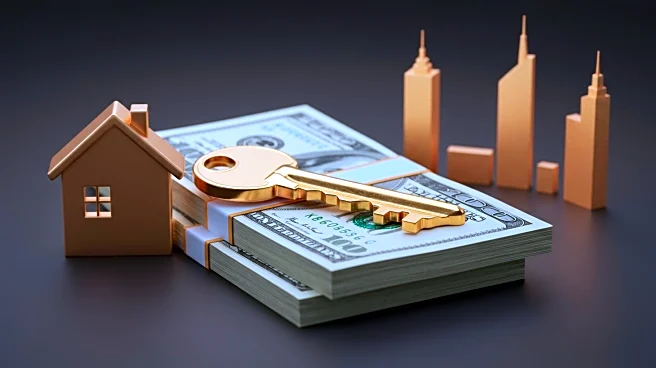Rapid Read • 7 min read
The fix-and-flip market is experiencing a slowdown, impacting both investors and average home sellers. According to data from John Burns Research and Consulting and Kiavi, sales have declined due to economic uncertainty, higher mortgage rates, and increased material expenses. Flippers in regions like Florida and California are facing challenges due to high costs and competition, affecting their profitability and ability to secure insurance. Only 30% of flippers reported 'good' sales in the second quarter of 2025, down from 38% in the same period last year. Factors such as elevated mortgage rates, material costs, and labor shortages are contributing to the challenges faced by flippers in turning a profit.
AD
The slowdown in the fix-and-flip market has significant implications for the real estate industry. Average home sellers may need to adjust their expectations, timelines, and pricing strategies to attract buyers in a slowing market. The decline in home flipping activity could lead to reduced investment in real estate, affecting local economies and housing availability. Sellers are encouraged to focus on transparent disclosures of the home's condition, competitive pricing, and offering incentives like pre-list inspections and quick possession to attract flippers and fixer-upper buyers.
Sellers may need to adapt their strategies to navigate the challenges posed by the current market conditions. This includes being transparent about the home's condition and offering competitive pricing to attract potential buyers. The real estate market may continue to face challenges if economic uncertainty persists, potentially leading to further declines in home flipping activity.
AD
More Stories You Might Enjoy










